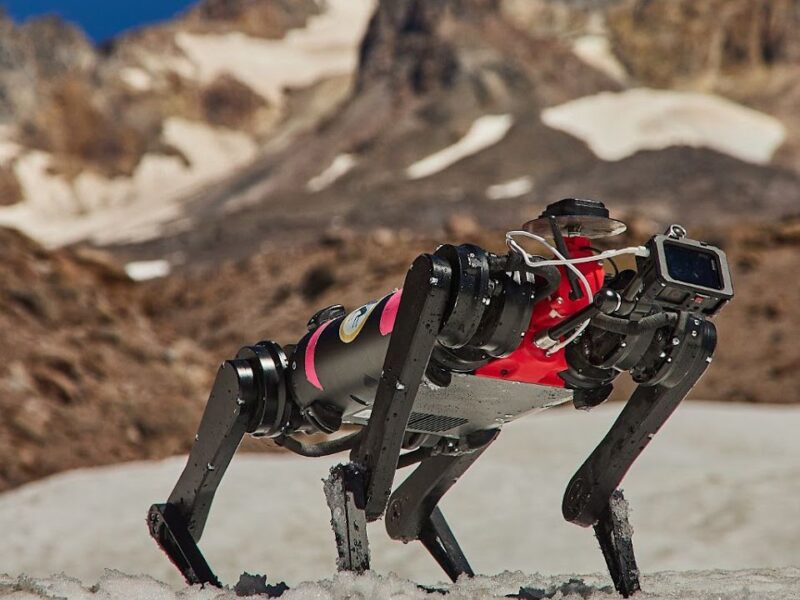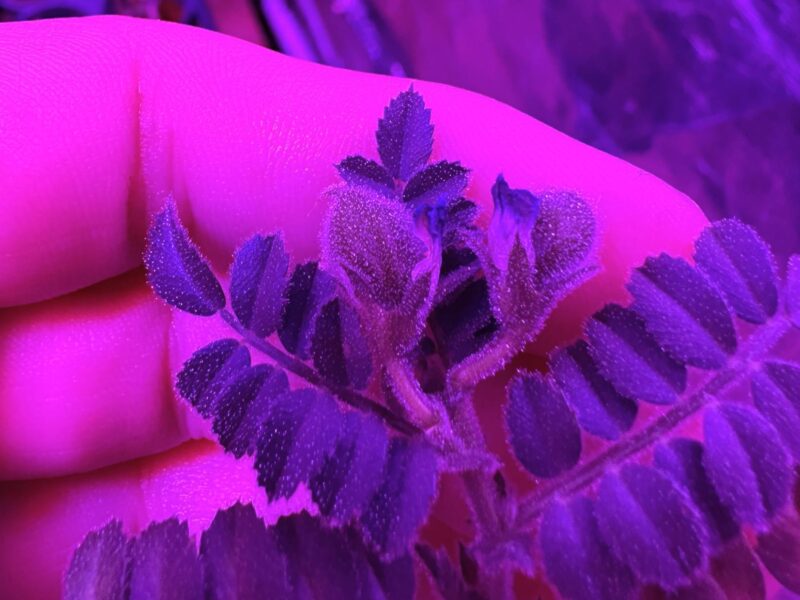Another Word For Mars Is Dust
There’s a four-letter word to describe conditions on Mars, and it’s not pretty: Dust. It is everywhere and anywhere on Mars, and dust is a key component of Martian weather, says a Texas A&M University researcher who has spent much of the past nine years observing the Red Planet.
Mark Lemmon, associate professor of atmospheric sciences, has served as a camera operator on numerous Mars missions, especially those involving the Mars rovers Spirit and Opportunity. Spirit landed in 2004 and transmitted thousands of images back to Earth before it quietly expired in 2010, but its sister rover Opportunity is alive and well and still taking short trips and sending back plenty of photos, Lemmon says.
He has published his findings describing 9 years of dusty weather in the current issue of Icarus, a planetary science journal.
Lemmon helps operate the rovers’ cameras, and notes that the solar-powered Spirit and Opportunity have gone above and beyond the call of duty. They were expected to last only about 90 “sols,” which is a day on Mars but slightly longer than an Earth day at 24 hours and 39 minutes long.
“The fact that Spirit lasted over six years, while Opportunity is still going strong is nothing short of amazing,” Lemmon explains.
“Their longevity exceeded any and all expectations. Together, they have sent back more than 300,000 images and given us information about Mars that we simply would never have known without them.”
Their journey includes many images of Martian terrain and Martian weather, which is extreme by any standard.
Lemmon says that Martian weather, even at the planet’s “tropical” sites visited by the rovers, is dominated by dusty skies, intense storm seasons when Mars is close to the sun and harsh temperatures during the time of the Martian year when it is the farthest from the sun.
Nighttime temperatures can frequently reach minus 90 degrees Celsius (-130 Fahrenheit) and reduced solar power in winter restricted the operation of the twin rovers.
“The rovers use the sun to keep track of the dust,” he says.
“As the dust levels rise and fall, the sun’s brightness in images does, too. And during storms, the sun can get quite dim, only a small percent of its brightness is seen during clear weather.”
The solar-powered rovers are dependent on sunlight that gets through the Martian atmosphere, and operations had to be suspended when there was not enough sunlight. Spirit stopped communicating in the Martian winter of 2010 when so much dust covered the solar panels that it had no power.
Dust levels on the panels are checked every sol at 11 a.m., and “when we do, we can see the seasonal pattern of the sun’s motion, which is called an analemma. An analemma on Earth shows the Earth’s axial tilt, which gives us our four seasons. On Earth, an analemma looks like a figure 8, but on Mars, it looks like a teardrop.”
The analemma shows the intense dust storms that battered the rovers, including one in 2007 that ended communications to Earth for several days. The broad turn of the analemma shows the fading sun on Mars.
And though it is known as the Red Planet, Lemmon says the rovers showed images of a typical Martian sunset – one that is usually blue.
“We have known since the 1970s that Martian sunsets tend to be blue, but recent images vividly show Martian sunsets,” Lemmon adds.
“The combination of dust particles and atmospheric conditions on Mars makes for some unusual sunset colors, but do not yield the spectacular sunsets we sometimes see on Earth.”
The project was funded by NASA and was done as part of Lemmon’s role as a member of the Athena science team that directs the rovers. Some of the images taken by Lemmon were selected to be displayed in the current Smithsonian Air and Space Museum exhibit, “Spirit & Opportunity: 10 Years Roving Across Mars.”
Media contact: tamunews@tamu.edu.





